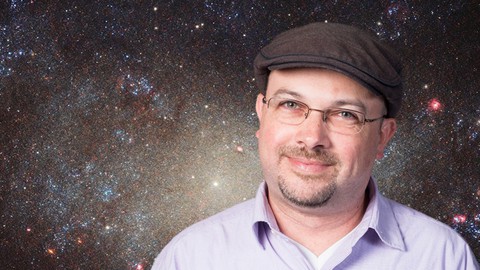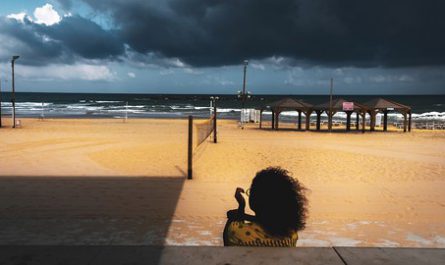
Description
PixInsight is a powerful tool, but with a steep learning curve. If you’re ready to take your astrophotography to the next level, this course will de-mystify PixInsight and unleash its potential for you. Even if you’re an experienced PixInsight user, I think you’ll find some tips, tricks, and scripts you may not have encountered before.
We’ll walk through the processing of the galaxy M61, a distant, challenging target that includes an image of a recent supernova! As we go, we’ll cover:
- Installing my PixInsight process icons and third-party scripts to simplify things
- Identifying and discarding bad sub-frames with the Blink process
- Calibrating your frames across multiple nights using the WeightedBatchPreprocessing script
- Weighted stacking with WeightedBatchPreprocessing
- Linear noise reduction with MURE Denoise
- Cropping your integrated images
- Creating luminance, range, and star masks
- Sharpening your image with deconvolution
- Background extraction
- Color combination, luminance integration, and photometric color correction
- Stretching into non-linear space while preserving star colors
- Nonlinear noise reduction with TGVD Denoise
- Aesthetic tweaking with RGB and saturation curves
- Shrinking and re-shaping stars with MorphologicalTransform
- Annotating your images
- Final tweaks in Photoshop
This walkthrough uses monochrome data collected over 3 nights using luminance, red, green, and blue color filters. But many of these techniques will be the same if you’re using a color camera as well.
Don’t let PixInsight’s unusual user interface and complexity scare you off – it’s worth learning, and can really take your images to the next level.
Who this course is for:
- Astrophotographers intimidated by PixInsight’s complexity and learning curve
- Experienced PixInsight users looking for some new tips and tricks
Requirements
- You should know the basics of deep sky astrophotography and how to acquire multiple sub-exposures of an object through your telescope. We only cover the processing of your images, not how to collect them.
- You’ll need a copy of PixInsight (they have a free trial) if you’d like to follow along hands-on.
- The sample data used in the course requires at least 6GB of hard drive space.
Last Updated 5/2020
Download Links
Direct Download
Astrophotography: Processing Galaxies in PixInsight.zip (1.1 GB) | Mirror
Torrent Download
Astrophotography: Processing Galaxies in PixInsight.torrent (46 KB) | Mirror
Source : https://www.udemy.com/course/astrophotography-processing-galaxies-in-pixinsight/


